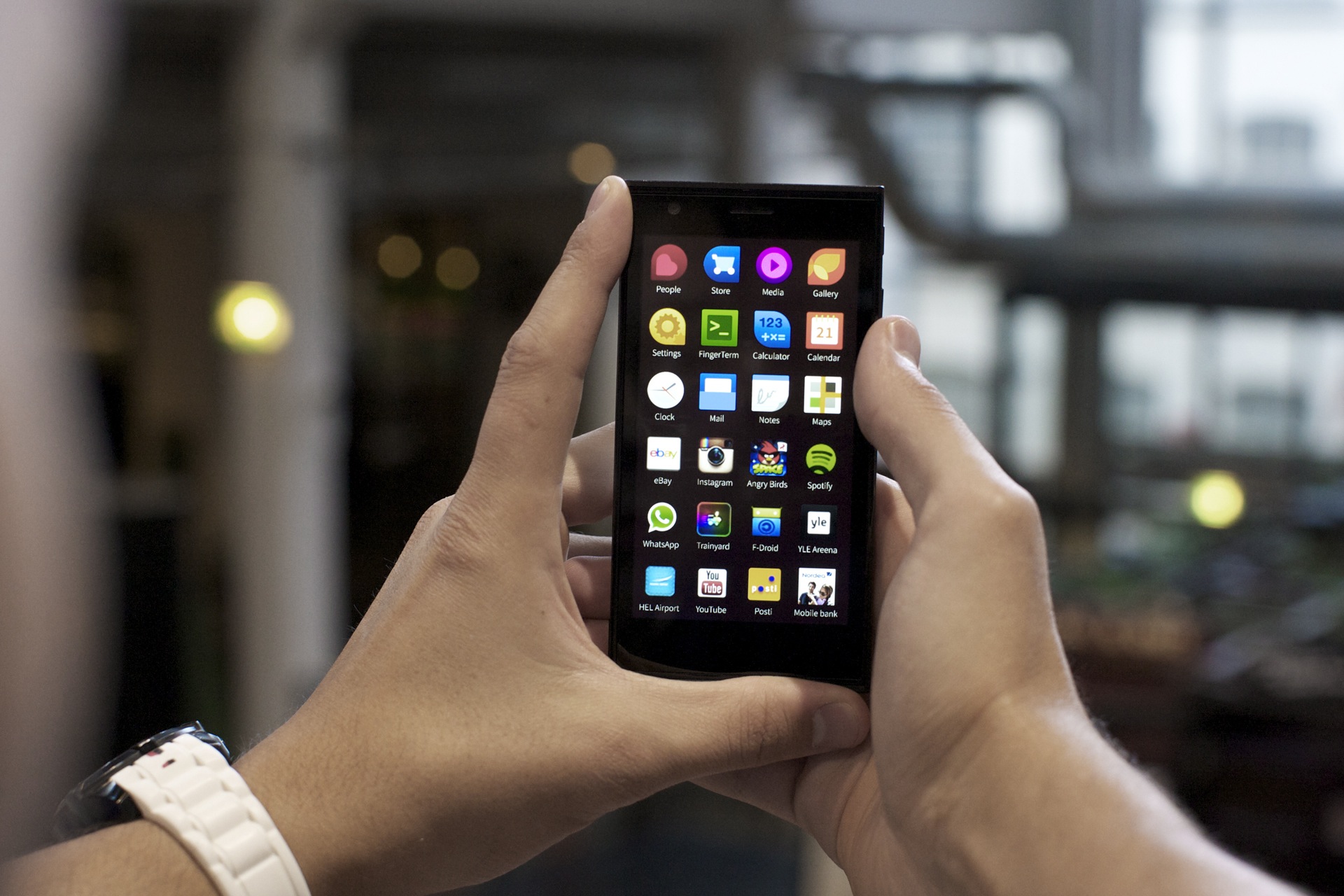
It goes without saying that when it comes to providing a service, more value equals more money. It’s an equation that has held true since the very first financial transaction — that is, until the mobile economy began turning everything on its head.
These days, iPhone and Android app developers find themselves in a much trickier situation, where creating value for consumers doesn’t always translate directly to financial transactions. In some cases, it even translates to interrupting the user’s experience, diminishing the value of the app.
Take Twitter as an example: Twitter’s core value proposition is that it allows people to communicate, network, and form online communities. Unfortunately, charging users up-front for the service would result in a slowdown in signups, spelling an end to investment capital and certain death in the face of free-to-use competitors like Facebook.
Unlike Uber, where people pay to get a taxi, or AirBnB, where people pay to get a room, Twitter’s value is “intangible.” Compared to a car or hotel room, it’s cheap to provide since it’s purely digital — but that also makes it difficult for Twitter and similar San Francisco iPhone app development companies to monetize, since it means interrupting the user’s experience with unwanted ads, promotions, and etc.
How to move forward: integrated ads and friction-free purchases
Younger iPhone and Android app development companies like Snapchat and Tinder have been modeling more creative monetization methods well worth looking at for startups entering the Apple App Store. Both companies have found unusual and highly-effective ways to monetize users without triggering that “sitting through a commercial” feeling.
Snapchat, for example, has a number of paid features including in-app purchases to replay “snaps” and paid photo-filter sponsorships that generate millions in pure revenue.
Tinder, meanwhile, implements in-app purchases to fight the tendency for chat-based apps to get “cluttered.” Rather than allowing users to “swipe right” endlessly in hopes of scoring more dates at random, Tinder limits the number of swipes allowed and charges for extras.This is doubly effective because it fights the tendency for users to hijack the system to their own detriment, while putting a concrete price on the core value.
After all, is it worth 99 cents to talk to someone you’re attracted to? Chances are, the answer is “yes.”





